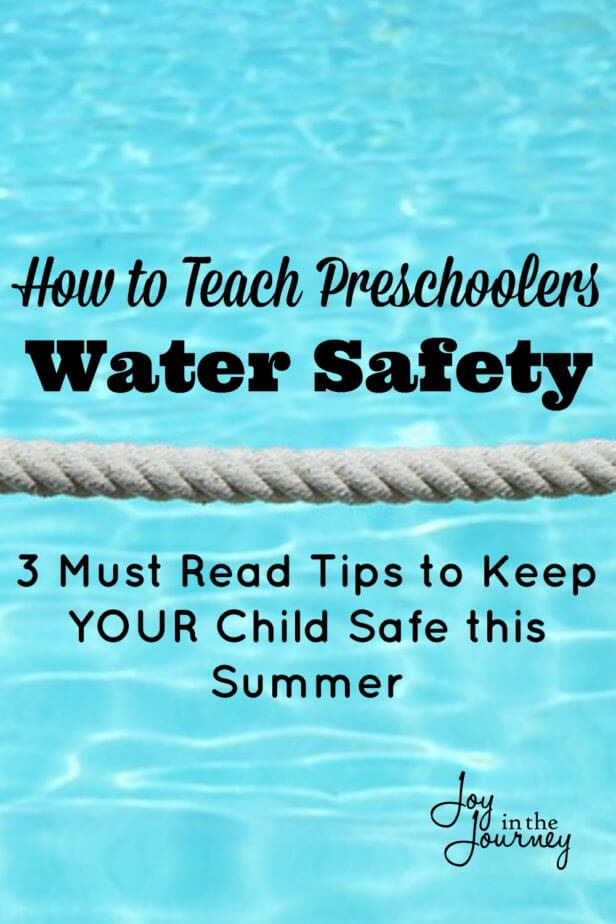Pre-Departure Boat Safety ChecklistPosted by Harboe Cummings on May 12th, 2021 To make certain your small boat is sea worthy and all essentials are up to speed, take 15minutes for a fast review before launching. Entire a pre-departure checklist prior to launch and you could be sure that your ship is in good working order with all of the essential equipment aboard. • First Assess the operating condition of one's vessel: engine, steering, battery, hoses, clamps, wiring, fuel tanks, lines, float switches. Always test your vessel lights and take extra batteries. Have and check all navigation lights as required for your vessel. Make certain all tool lights are all working. • If you get a double charging platform, make certain that the selector switch in the appropriate position. Be certain that the power is on to the whole vessel. If the batteries are rechargeable, then make sure they are charged. • Open all hatches and run on the blower after you refuel and before getting underway. Sniff for fumes before starting the engine and if you smell fumes, do not begin the engine. Look for the source of the escape. • On almost any powered boat or auxiliary powered sailboat, or vessels using LPG for heating or cooking, assess that all interior spaces are ventilated before passing. • Make certain that you have at least one U.S. Coast Guard-approved lifetime jacket of size and type along with properly matching for you as well as every pupil (and, to the water, make sure they are worn, not simply stored ). It's a good idea to install a whistle to each life jacket. • Carry a minumum of one fire extinguisher and make sure it's charged and accessible. • Make sure you have one anchor set up. Carry two or three extra dock lines in the event you encounter odd conditions dockside. Inspect the lines you use for chafe or wear. Carry at least 2 fenders on board for docking or towing if demanded. • Emergency supplies - Maintain on plank in a floating bowl: graphs of this local location, flares, a first aid kit.
• Check for additional safety equipment suited to the magnitude of your ship and also the region where it's going to likely be operating; flashlight and spare batteries, tool kit, a sunscreen, paddles, oars, binoculars, visual distress signals, and a VHF-FM marine radio.
safety boat services might like to provide a horn capable of producing a four-second blast audible for at least 1/2 mile aboard.
• Check the plate (if affixed to the hull) or even figure out the optimum load to make sure that you never overload the ship with passengers and gear.
• Ensure your enrollment is current and onboard with you and your boat. Have all other necessary papers like radio permit, fishing permit, etc. . board. Have the graph or graphs for the region you want to escape in, regardless of your level of local understanding.
If you are not certain you can complete all the necessary checking yourself, take advantage of some free Vessel Safety Check from the US Coast Guard. They provide free boat examinations to verify the presence and condition of certain Safety Equipment required by State and the Federal regulations. Totally free, they'll provide a specialist to have a look at your boat and create helpful boating safety hints and recommendations.
• Emergency supplies - Maintain on plank in a floating bowl: graphs of this local location, flares, a first aid kit.
• Check for additional safety equipment suited to the magnitude of your ship and also the region where it's going to likely be operating; flashlight and spare batteries, tool kit, a sunscreen, paddles, oars, binoculars, visual distress signals, and a VHF-FM marine radio.
safety boat services might like to provide a horn capable of producing a four-second blast audible for at least 1/2 mile aboard.
• Check the plate (if affixed to the hull) or even figure out the optimum load to make sure that you never overload the ship with passengers and gear.
• Ensure your enrollment is current and onboard with you and your boat. Have all other necessary papers like radio permit, fishing permit, etc. . board. Have the graph or graphs for the region you want to escape in, regardless of your level of local understanding.
If you are not certain you can complete all the necessary checking yourself, take advantage of some free Vessel Safety Check from the US Coast Guard. They provide free boat examinations to verify the presence and condition of certain Safety Equipment required by State and the Federal regulations. Totally free, they'll provide a specialist to have a look at your boat and create helpful boating safety hints and recommendations.
Like it? Share it!More by this author |


